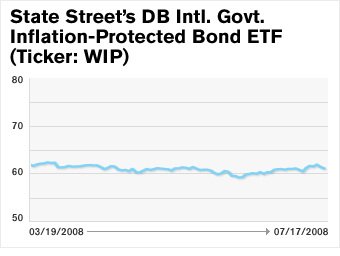
The past decade has shown how valuable bonds can be. They did all the things they were supposed to. They zigged when stocks zagged. They helped stabilize your portfolio. In fact, over the past 10 years, they outpaced equities by about 11/2 percentage points a year.
Of course, the deck was stacked. After the early '80s, the two major threats to bond investors - rising inflation and interest rates - seriously diminished. But now inflation is running hotter than it has been in 17 years, and "it will stay a problem for a while," says Thomas Atteberry, portfolio manager with First Pacific Advisors. Rising costs lead to higher interest rates, and that hurts bond prices.
Sounds like it's time to go on a fixed-income diet. Not so fast. For starters, "as investors are getting closer to retirement age, they'll need more bonds, not less," says Atteberry. You need a hefty dose of bonds to get sufficient income in retirement, and they still provide stability that stocks can't match. Moreover, not all bonds will be swamped by inflation as, say, Treasuries will. The average corporate bond is yielding 6.3% - still ahead of the 4.2% inflation rate.
And there are a slew of new types of bonds that actually allow you to keep pace with rising costs. Besides TIPS (Treasury Inflation-Protected Securities), there are foreign inflation-protected bonds - available through a new State Street ETF - and paper issued by U.S. corporations.
The verdict: Ignore market timers. Bonds still work.
NEXT: How bad is real estate?
